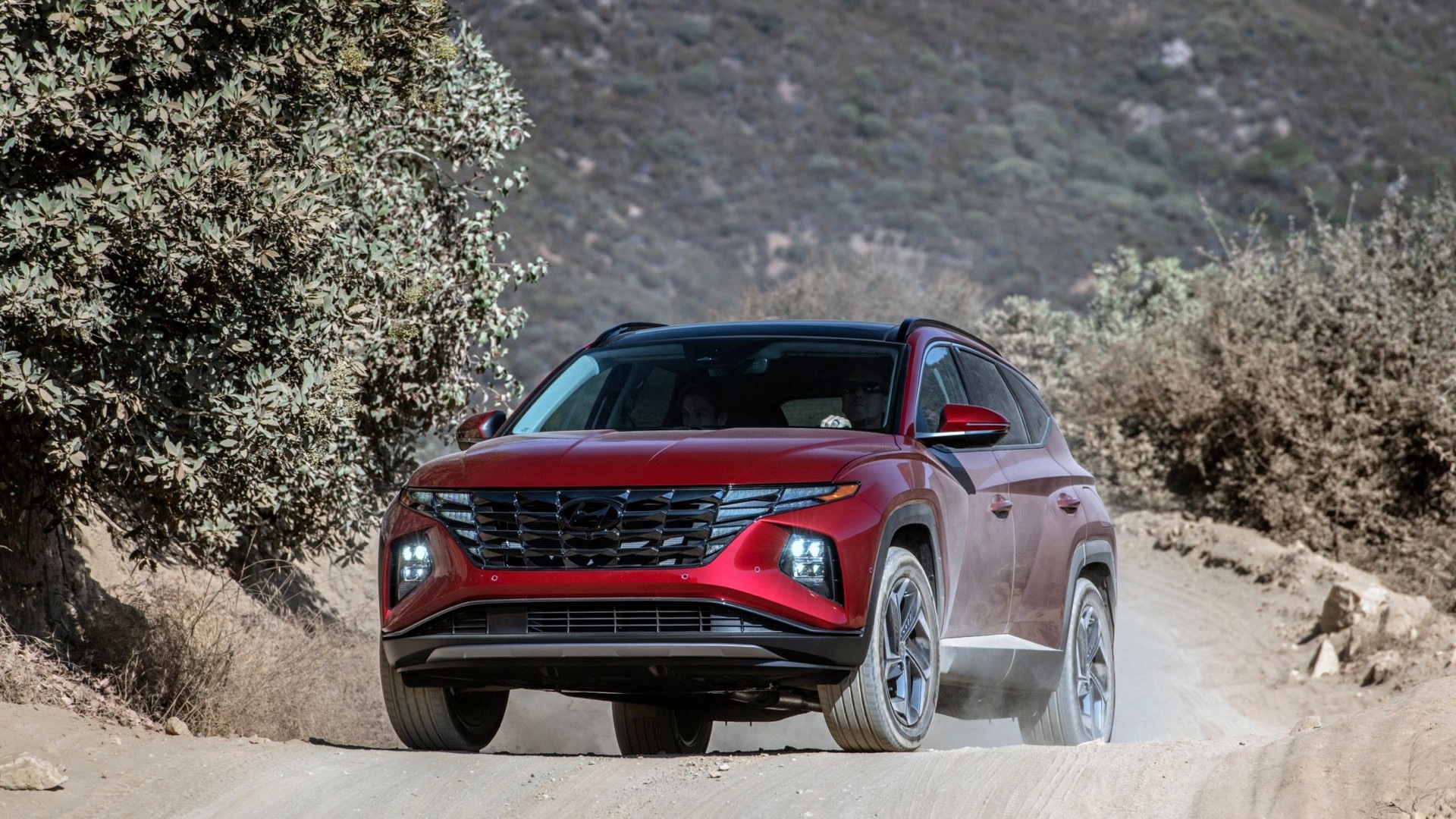
2012 Volkswagen Tiguan
What works for V-6 and V-8 engines should also work for forced-induction four-cylinder engines, and Volkswagen will soon become the first major manufacturer to utilize cylinder deactivation on a four-cylinder engine.
Volkswagen’s 1.4-liter TSI with cylinder deactivation will debut in 2012, and it promises to improve fuel economy by 0.4 liters per 100 kilometers (or about 2.5 miles per gallon) in European driving cycle testing. When Start/Stop functionality is added to the engine, that savings will increase to 0.6 liters per 100 kilometers, or about 3.9 miles per gallon. In general, European cycle testing numbers are some 10 to 20 percent higher than U.S. EPA numbers, so these figures may prove to be a bit optimistic by our standards.
VW’s cylinder deactivation will function when engine speed under constant throttle is between 1,400 and 4,000 rpm, which Volkswagen estimates to be 70 percent of the driving in the European fuel economy driving cycle. When a driver accelerates, the system resumes fuel delivery to the shut-down cylinders, and the transition is transparent to the driver. Information from the gas pedal position sensor can also turn off the system if it senses a “nonuniform” pattern of driving, such as an open-throttle blast up your favorite mountain road.
Volkswagen has yet to announce which models will get the new 1.4-liter TSI engine, but the engine without cylinder deactivation technology has been a standard option on the European market Golf, Scirocco, Jetta and Tiguan for several years. Volkswagen doesn't use the 1.4-liter TSI engine in the U.S. market (yet, at least), but if the automaker sees success with the new fuel saving feature, we can probably expect to see the same technology applied to larger VW four-cylinder engines in the future.


